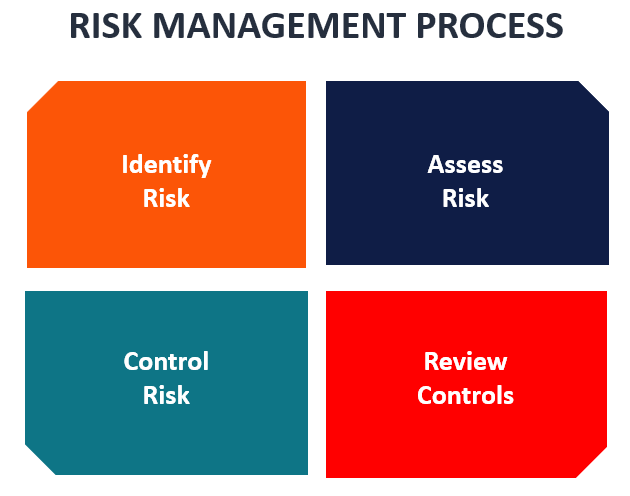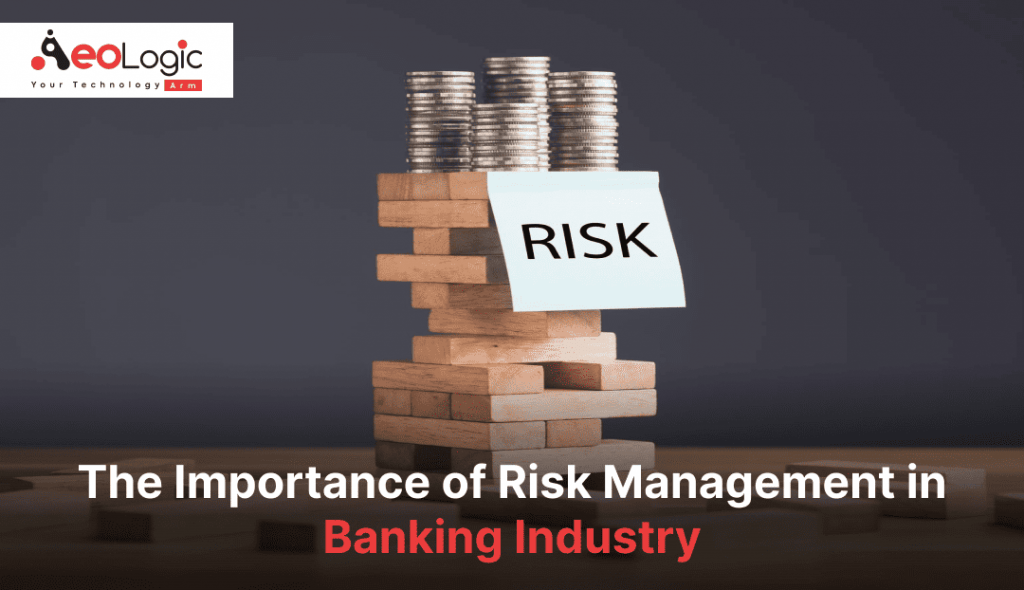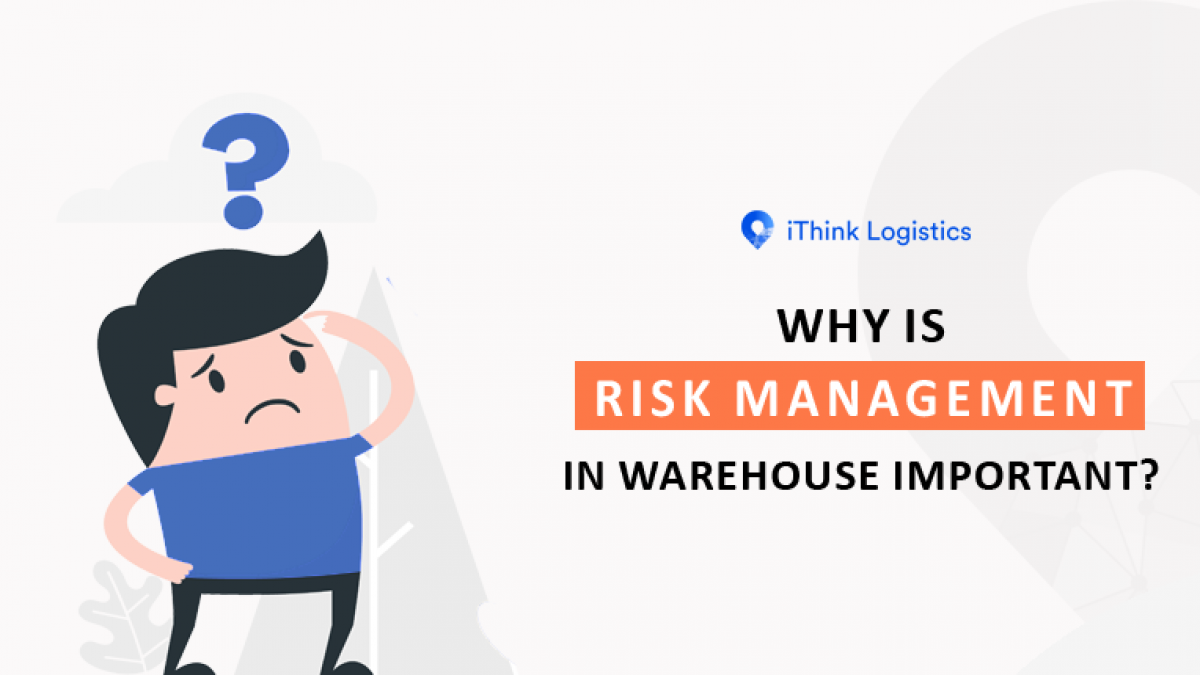How the Importance of Risk Management Shapes Effective Leadership
How the Importance of Risk Management Shapes Effective Leadership
Blog Article
Exploring the Significance of Risk Management for Effective Decision-Making Strategies
In the complex globe of company, Risk Management emerges as a critical element in the decision-making procedure. The ability to recognize potential hazards and chances, and strategize appropriately, can mean the distinction between success and failing.
Recognizing the Principle of Risk Management
Risk Management, a critical element in decision-making, is usually misunderstood or oversimplified. Risk Management involves structured and regimented techniques, using information and informative evaluations. From economic unpredictabilities, lawful liabilities, tactical Management errors, to crashes and natural calamities, it deals with numerous dangers - importance of risk management.
The Duty of Risk Management in Decision-Making Processes
In the world of tactical preparation and service operations, Risk Management plays an integral duty in decision-making processes. It assists in recognizing possible hazards and unpredictabilities that can impact the success of company purposes. By mapping these dangers, companies can develop techniques to reduce their influence, making sure service continuity and stability. Risk Management therefore comes to be an essential tool in decision-making, helping leaders to make educated options based upon a detailed understanding of the dangers included. It urges an aggressive strategy, enabling organizations to prepare and expect for feasible future circumstances. This significantly decreases the possibility of adverse consequences, promoting much more efficient and efficient decision-making approaches. Risk Management serves as a crucial part in the decision-making procedures of any company.

Just How Risk Management Enhances Strategic Preparation
In the context of calculated planning, Risk Management plays a pivotal duty. Launching with the identification of potential threats, it additionally encompasses the implementation of Risk reduction steps. The role of Risk Management is not fixed however dynamic, as it demands constant surveillance and adjusting of approaches.
Identifying Potential Threats

Carrying Out Risk Mitigation
Risk reduction approaches can range from Risk evasion, Risk transfer, visite site to take the chance of decrease. Each strategy should be tailored to the certain Risk, considering its potential impact and the organization's Risk resistance. Effective Risk reduction calls for a deep understanding of the Risk landscape and the possible impact of each Risk.
Monitoring and Changing Approaches
Though Risk mitigation is a critical step in strategic planning, continuous tracking and modification of these strategies is similarly crucial. It also provides a possibility to evaluate the success of the Risk Management actions, enabling modifications to be made where required, further enhancing strategic preparation. Surveillance and readjusting Risk Management strategies is a crucial component for improving a company's strength and critical preparation.
Instance Studies: Effective Risk Management and Decision-Making
Worldwide of organization and money, effective Risk Management and decision-making usually act as the columns of flourishing ventures. One such entity is an international oil firm that minimized economic loss by hedging versus changing oil costs. In one more instance, a tech startup thrived by identifying and approving risky, high-reward approaches in an unstable market. A worldwide bank, faced with regulative uncertainties, efficiently browsed the situation via aggressive Risk assessment and dynamic decision-making. These instances highlight the value of sharp Risk Management in decision-making processes. It is not the absence of Risk, but the Management of it, that frequently sets apart effective firms from unsuccessful ones. These situations emphasize the critical function of Risk Management in calculated decision-making. importance of risk management.
Devices and Methods for Effective Risk Management
These devices, such as Risk signs up and warmth maps, help in identifying and evaluating prospective dangers. Risk action approaches, a key component of Risk Management, include accepting, avoiding, transferring, or mitigating dangers. With these devices and methods, decision-makers can browse the complex landscape of Risk Management, thus facilitating educated and efficient decision-making.
Future Fads in Risk Management and Decision-Making Strategies
As we click resources check out the substantial landscape of Risk Management, it ends up being apparent that the devices and techniques used today will continue to evolve. Future trends aim in the direction of an increased reliance on modern technology, with expert system and equipment discovering playing significant roles. These technologies will allow organizations to anticipate possible threats with greater accuracy and make more enlightened decisions. Furthermore, there will certainly be a growing focus on durability, not just in taking care of dangers yet likewise in recuperating from adverse circumstances. The principle of Risk society, where every participant of an organization is conscious and involved in Risk Management, will obtain a lot more importance. These fads advertise an even more inclusive and aggressive method in the direction of Risk Management and decision-making.
Conclusion

Risk Management hence becomes an essential device in decision-making, helping leaders to make educated selections based on a thorough understanding of the risks involved. Risk reduction approaches can range from Risk avoidance, Risk transfer, to take the chance of decrease (importance of risk management). Effective Risk mitigation calls for a deep understanding of the Risk landscape and the prospective influence of each Risk. Risk reaction methods, an essential component of Risk Management, include approving, staying clear of, transferring, or mitigating dangers. The idea of Risk society, where every member of a useful link company is mindful and entailed in Risk Management, will certainly obtain more prestige
Report this page